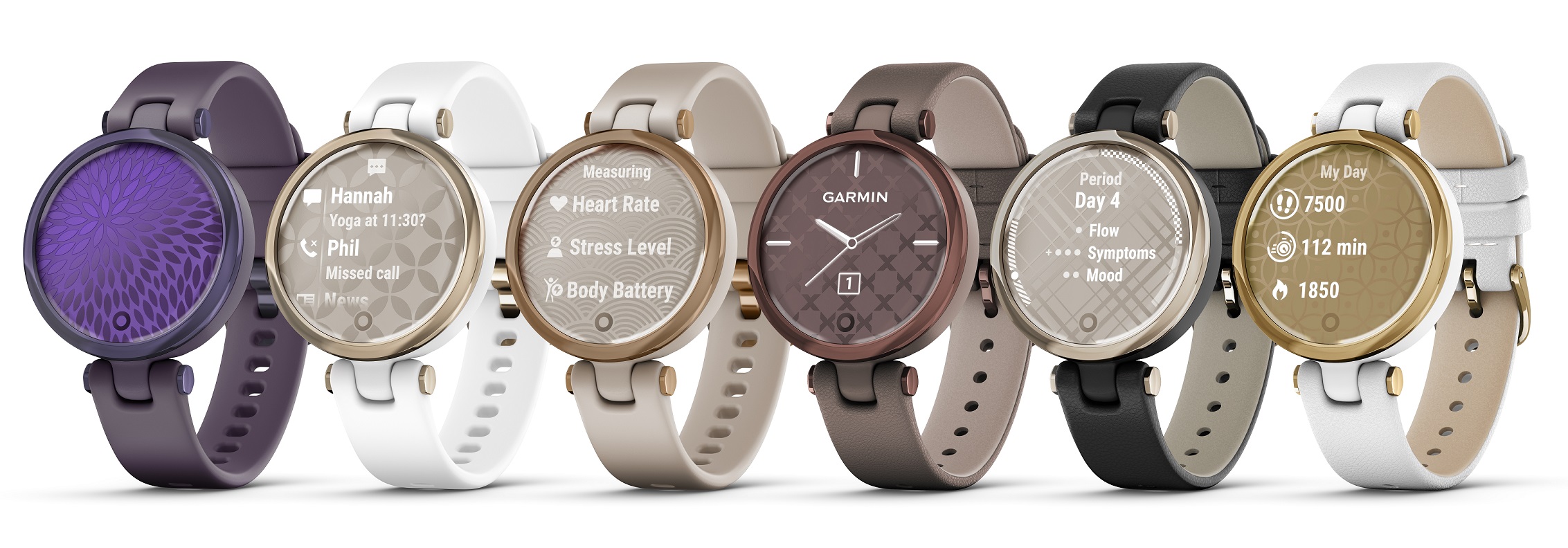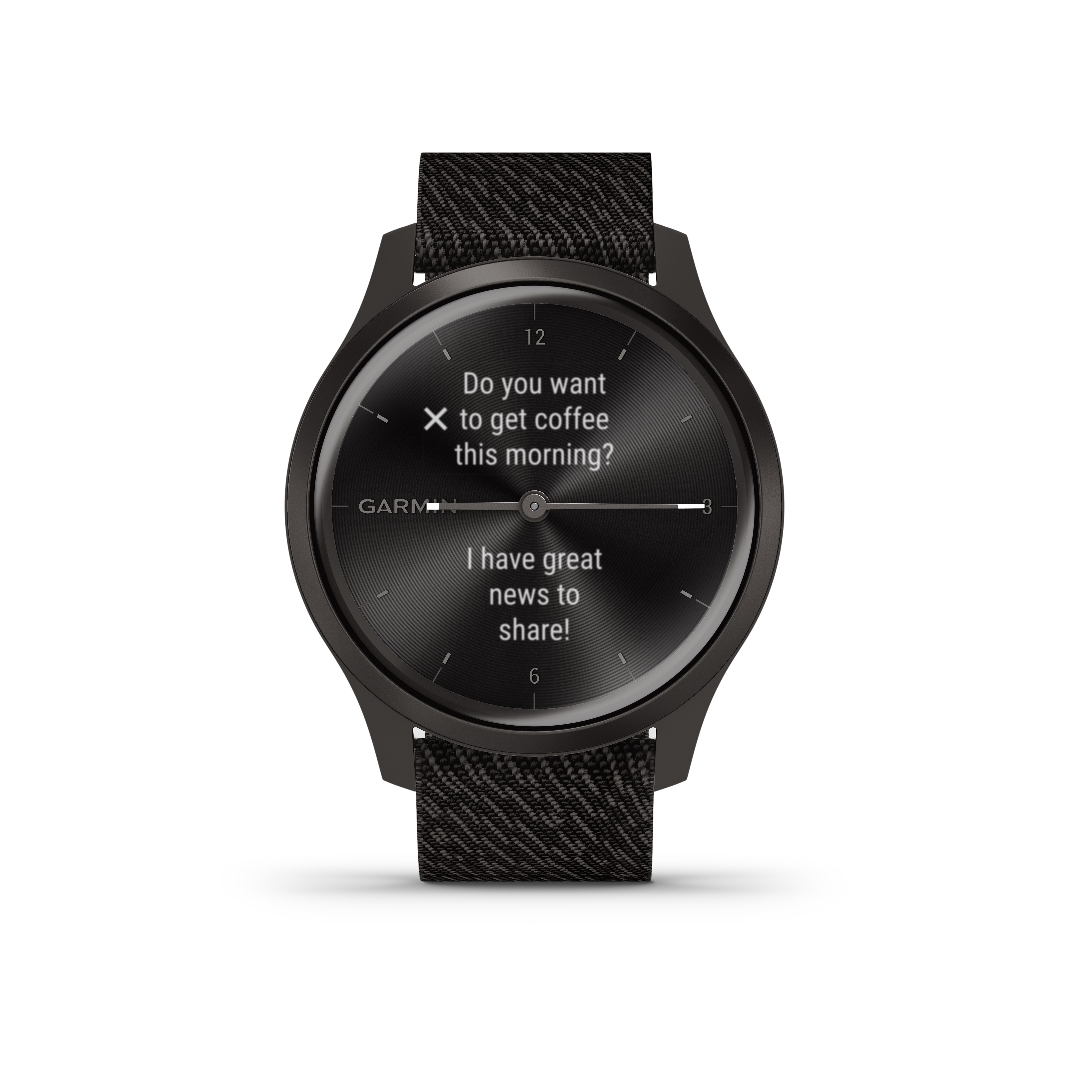OPEL UNVEILS CORSA MOON II FOR SPACE TOURISM
All-terrain: Solar-powered fun vehicle for a bright future in space exploration Intelli-Lux® Laser Light: Optimal vision for extraterrestrial surfaces Safety first: ADAS systems and wheels with nickel-titanium mesh for planetary steering A next-level interior: Pure Panel Space with “pillar by pillar” display.

Space, the final frontier – for many years this was the common idea. However, today, with space tourism becoming more and more likely, it is time to address the mobility needs of extraterrestrial exploration and Opel is once again pioneering this new era. The Rüsselsheim-based brand has just released advanced information and images of its new spatial mobility concept: the Opel Corsa Moon II. The lightning brand will be the first mobility provider to start offering tourism on the Moon from the mid-decade, once again true to its motto of making innovations accessible to all.
Consequently, Opel’s lunar rover is based on the Corsa-e, the German brand’s battery-electric bestseller. The Corsa Moon II is equipped with space-age technologies to offer the best balance of ride comfort, reliability and driving performance on the moon.
Powered by solar energy, laser technology and mesh wheels: Electrify yourself for the space age
Based on the vast knowledge gathered with the 1997 Corsa Moon concept, Opel’s R&D team identified solar energy as one of the best options for powering a lunar rover. Built-in solar cells will power the Corsa Moon II’s 500 kWh battery in an efficient and sustainable way. The Corsa Moon II can travel up to 7,000 km on the ULTP cycle (Universe-wide Harmonized Light-duty Vehicles Test Procedure) on a single battery charge.
Opel’s rover is the first to introduce the new adaptive Intelli-Lux® Laser Light. The high-intensity laser beams react faster, more accurately than ever before, providing optimal visibility to the moon’s surface. In each lighthouse, small laser modules generate adaptive beams of light that act as searchlights that extend for several thousand meters. Opel’s laser headlamps illuminate surfaces with a light that is up to 1,000 times brighter than that produced by terrestrial LED technology, using only a fraction of the power.
Extraterrestrial chassis: Extremely durable wheels and lots of ground clearance
Durable airless space wheels are another key innovation in Opel’s space tourism concept. The Corsa Moon II’s braided mesh wheels ensure extraordinary grip on extraterrestrial surfaces and will never puncture thanks to highly elastic and strong nickel-titanium materials. In addition, the Corsa Moon II’s elevated chassis provides enough clearance for rough lunar terrain.
Inside, space explorers can enjoy the Pure Panel Space, a high-tech cockpit that is both fully digital and still packed with concentrated information. The “detoxified” cockpit is adapted for exploration and lunar tourism and will have a refined, high-contrast display between pillars, covering the entire windshield. It provides the latest digital technologies and the most important information for the driver, for example energy management.

The display on the windshield interacts seamlessly with the lunar traveler’s ADAS systems to provide all the necessary information. This becomes crucial when driving in and out of craters. For simplified human and robotic exploration of the planet, the Corsa Moon II interacts with geostationary satellites and enables intuitive communication with other lunar explorers.
“With our revolutionary Opel Corsa Moon II, we are once again breaking new ground and focusing on sustainable mobility solutions. The Corsa Moon development project aims to bring the topic of moon exploration a significant step forward towards the goal end of a long-term presence on the moon,” said Quentin Huber, Director of Brand Marketing at Opel.
Over the more than 40 years of the Opel Corsa’s life, more than 14 million units have been built. Each Corsa generation has driven and continued the democratization of individual mobility. Opel’s space-age ambitions began with the first Corsa Moon, presented in 1997 as a design concept based on the second generation Corsa.
Opel is one of Europe’s largest car manufacturers and a leader in reducing CO2 emissions thanks to its extensive electrification campaign. The company was founded by Adam Opel in Rüsselsheim, Germany in 1862 and started car production.






































